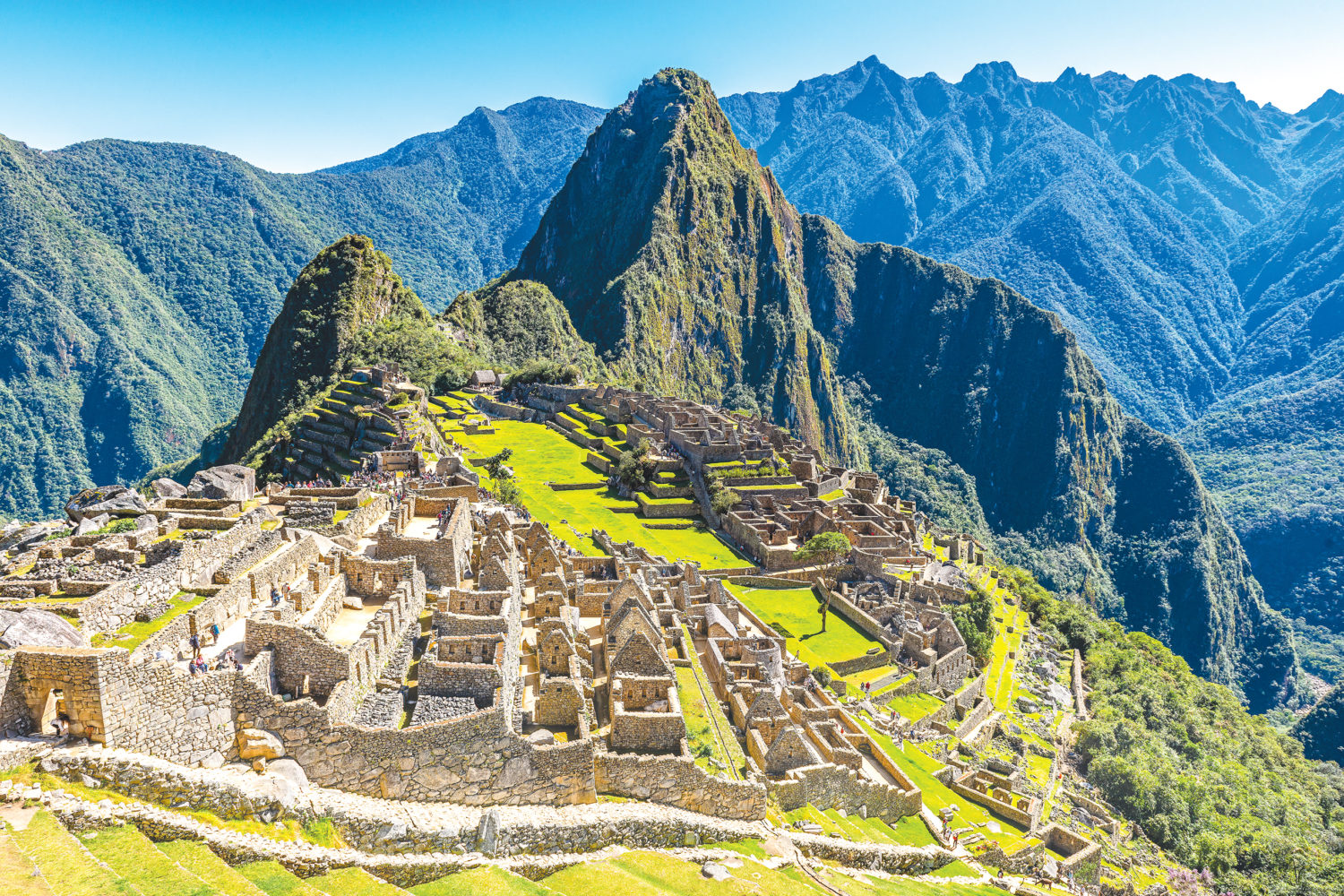“Irrespective of what other people do, you yourself will receive benefit and good fortune in direct proportion to your hard work and efforts for the sake of kosen-rufu.”[1]
—SGI President Ikeda
Peru is a country of diverse landscapes ranging from the arid plains of the Pacific coast to the peaks of the Andes Mountains to the tropical Amazon rainforest. Several ancient cultures dating back to the fourth millennia BCE still remain.
On March 15, 1966, Soka Gakkai President Ikeda landed in Lima, Peru. As immigrants, the pioneering members in Peru traveled late into the night and used what little Spanish they knew to share Nichiren Buddhism with others. With President Ikeda’s visit, they formed Peru Seikyo, the Spanish-language newspaper, to accelerate kosen-rufu in South America and win the trust of their society.
Facing the Gohonzon With an Open Heart
In volume 11 of The New Human Revolution, SGI President Ikeda visits Lima, Peru. He shares how to lead a victorious life to representative leaders. President Ikeda appears in the novel as Shin’ichi Yamamoto.
“The Gohonzon is the manifestation of the Buddha endowed with infinite compassion. We should therefore go ahead and chant about our desires, our problems and our aspirations, just as they are. When we’re suffering, feeling sad or experiencing hard times, we should just go to the Gohonzon with an open heart, like an infant who throws himself into the arms of his mother and clings to her. The Gohonzon will ‘listen’ to our every word, so we should chant abundantly as if we are carrying on a conversation, confiding our innermost thoughts. In time, even hellish sufferings will vanish like the morning dew and seem as but a dream.
“If, for instance, we recognize that we have been in error in some way, we should offer prayers of deep apology and correct that error. Then we should make a fresh determination never to repeat the same mistake again and set forth anew.
“Also, in crucial moments where victory or defeat will be decided, we should firmly resolve to win and chant with the power of a lion’s roar or the ferocity of an asura demon, as if to shake the entire universe.
“And, in the evening, after a happy day, we should chant to the Gohonzon with profound appreciation . . .
“Chanting transforms suffering into joy, and joy into supreme joy. This is why it is important to single-mindedly chant Nam-myoho-renge-kyo no matter what, whether we are happy or sad, in good times or in bad. This is the direct path to happiness.”[2]
You are reading {{ meterCount }} of {{ meterMax }} free premium articles

